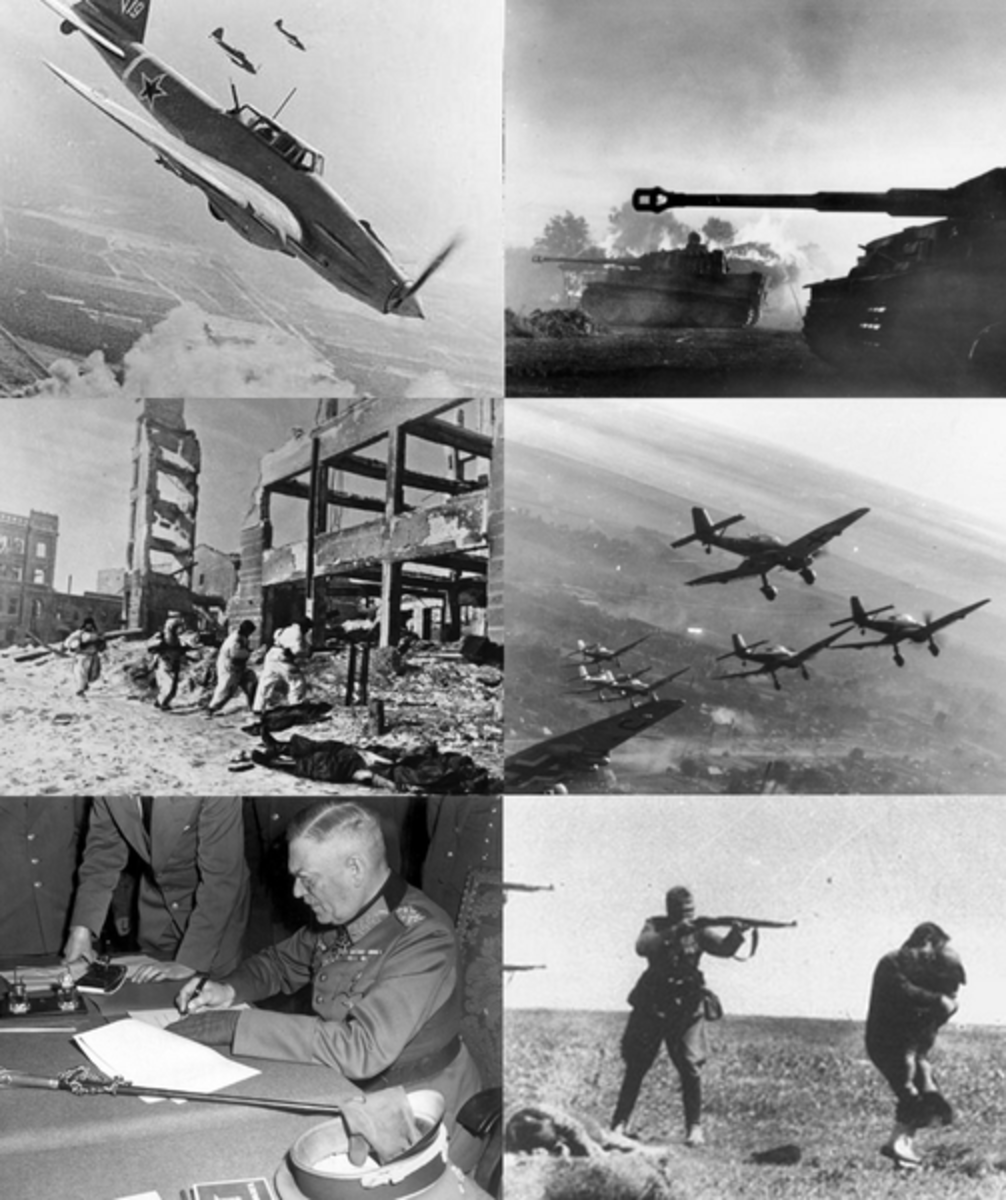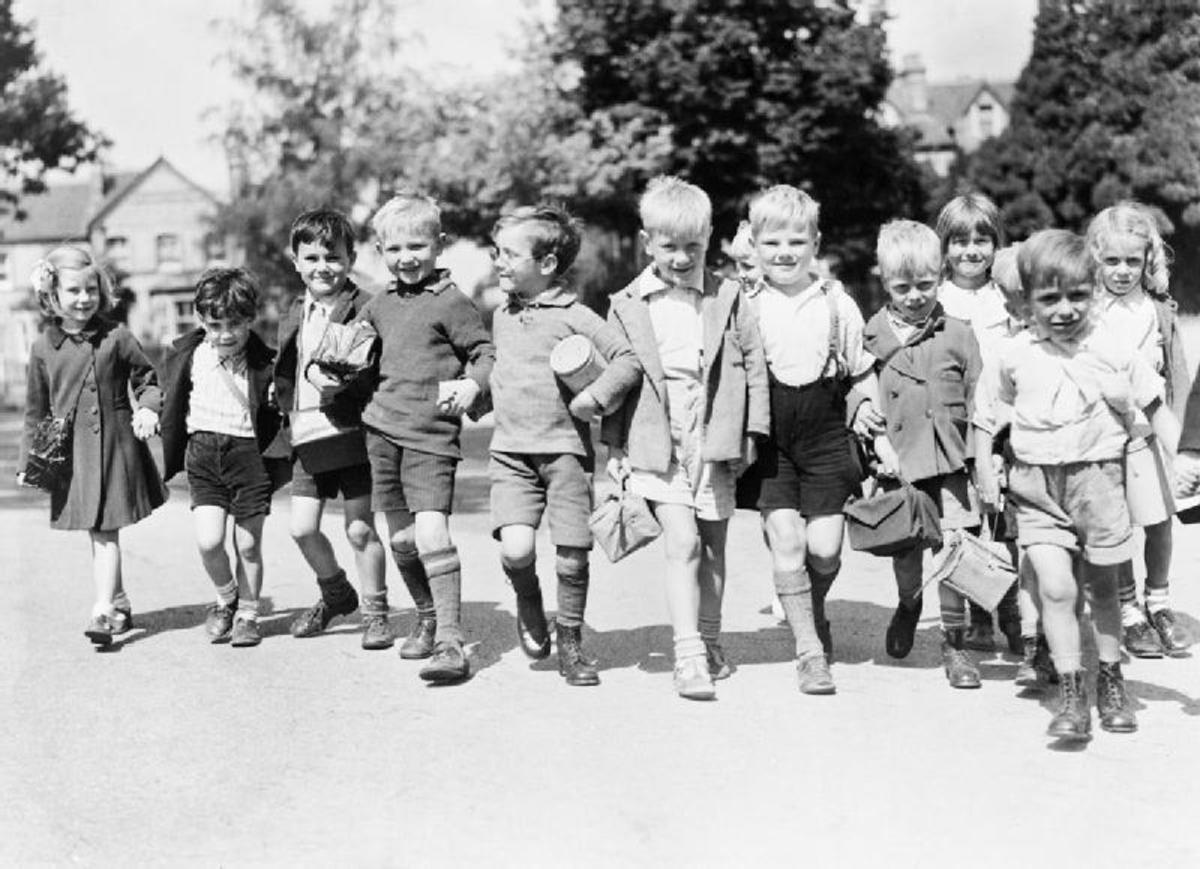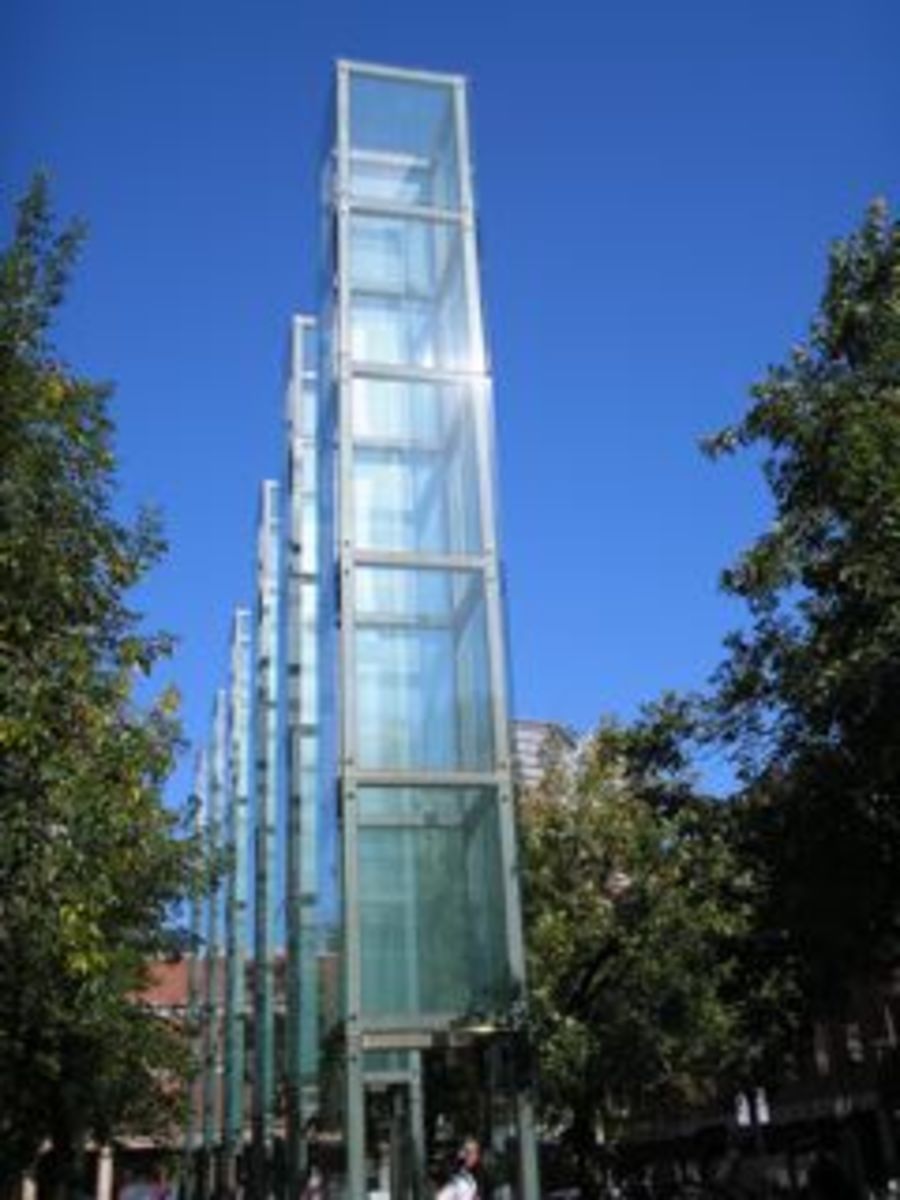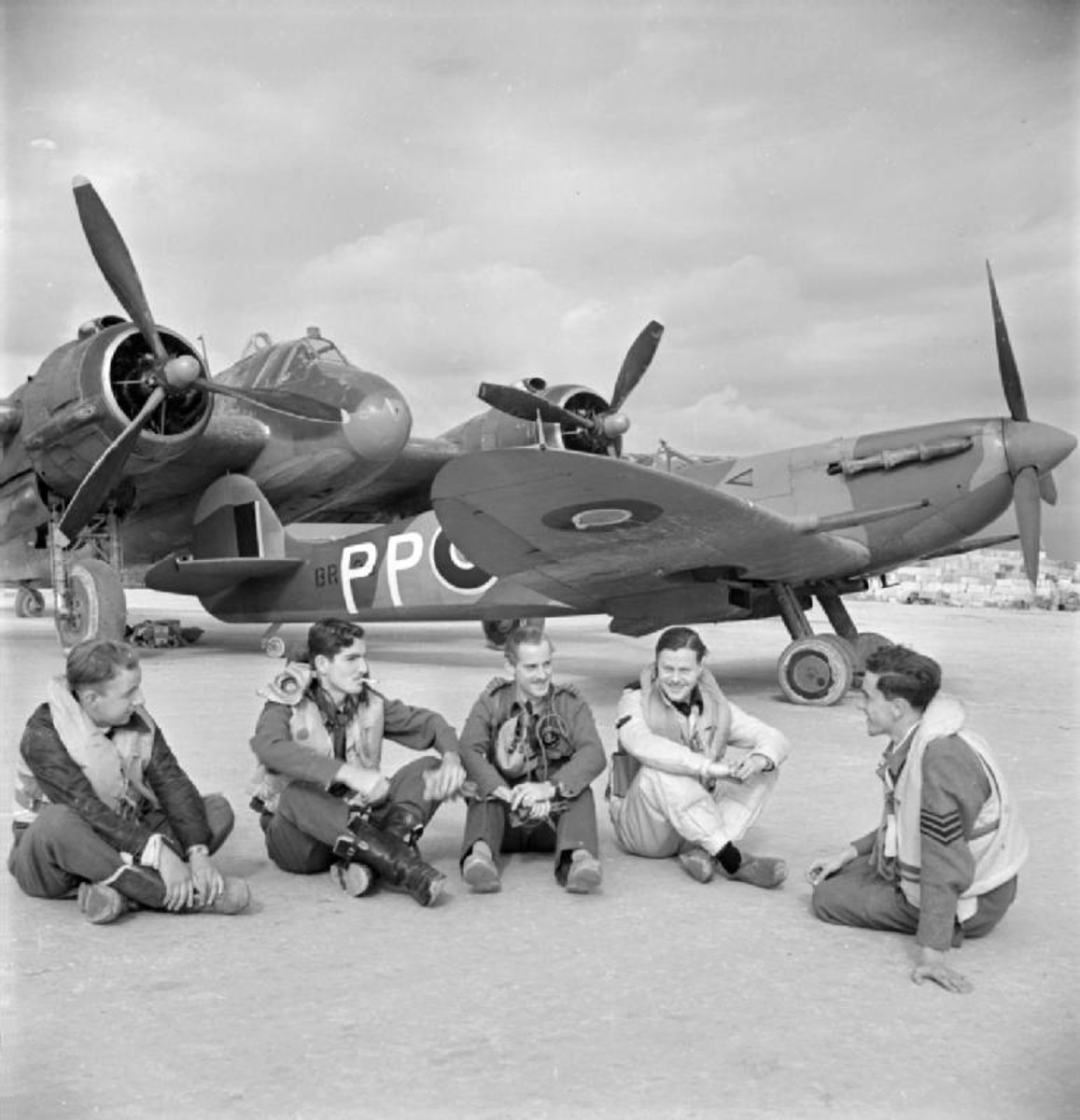- HubPages»
- Education and Science»
- History & Archaeology»
- History of the Modern Era»
- Twentieth Century History
What help was available for the homeless in world war two

Relief in Kind Committee
I have often wondered how much help there was for people who were bombed out of their own homes- how did they manage to find new accommodation, food and clothing? Therefore i took some time out to research about the effect of the London bombings.
The Relief in Kind Committee was set up in October 1938 just eleven months before the outbreak of the Second World War.
After some nine months of deliberation the Committee produced an interim report in July 1939 outlining their plans for those made homeless in the future war. The first step was to deal with people who had lost their homes and for this simple arrangements were made such as soup kitchen lines which were to be run by the local public assistance boards who the Committee concluded were the obvious choice because of their centuries of experience of working with the poor.
Solutions to the homeless
As well as the soup kitchens, or feeding stations as they were known there were to be temporary shelters for those who were made homeless by enemy attacks. These shelters were to be set up in halls and schools- however no seating or bedding was to be provided as it was assumed that the persons stay would be short- simply long enough to “get over the shock” and make alternative arrangements- a matter of hours!
For those who could not return to their homes, the Committee had two answers. They hoped that most people who were bombed out would quickly be accommodated by friends and family. This ignored the social structure of cities such as London where families tended to live together in the same part of the city and therefore all of the family would be affected by the Nazi German blanket bombing.
The second solution, for the envisioned few, who could not find accommodation the Committee, relied on forced billeting as a way of finding shelter for the homeless. It was hoped that some families would find their way into the countryside and Local authorities were warned of the need to provide food, furniture and accommodation for them.
Public Assistance Boards
Negotiations with the Public Assistance boards had been taking place since April 1939 and London County Council had developed enough feeding centres to feed 150,000 people over a 24 hour period by using properties already managed by the Public Assistance Board.
Approaches were made to other Local Authorities by the Ministry of Health and the Department of Health for Scotland yet these approaches met with obstacles. The Authorities did not want to spend their rates on something that might not be used- there was still the belief that war was not inevitable and even if it did happen, would the foreseen dislocation of the population occur?
Rare colour footage of London during the war
Who pays to help those bombed out of their homes?
Finance was a real sticking point in the provision of help. Any cash grants paid to the homeless came from Central Government funds whlist Relief in Kind was funded by the London Boroughs and Local Authorities. A complex solution was found; local authorities were to continue to fund the homeless and destitute from their own boroughs whilst the government was to pay for hep given to those who fled their homes because of enemy action and escaped to another area of the country. Circular No1860 issued by the Ministry of Heath on 2nd September 1939 gave assurances that if the burden of helping the homeless became too great, then Local Authorities could seek financial hep from central government,. The situation became mire complex with the addition of unnecessary “Red Tape”. Accounts had to be kept to distinguish the amount of money spent on local homeless , and the amount spent on those who lived in other areas. As much of the expected expenditure would be in respect of people who were from other areas the Local Authorities had to obtain permission and funds to make the necessary purchases. Examples of requests such as that made by the London County Council (LCC) show how ill prepared the country was for the effects of the war at home. In June 1939 the LCC asked for permission to buy blankets for its feeding stations. This request was turned down by Officialdom with the attitude that blankets would encourage people to stay at the stations instead of moving to the homes of friends and family.
Prepartion and Planning time lost
Clearly by the start of the second world war some plans to feed and accommodate the expected homeless had been made, yet few supplies had been ordered. The circular issued by the Ministry of Health on the outbreak of war summed up the hectic position. In this circular local Authorities were asked to provide feeding stations if they had not already done so, and consider if any temporary shelter could be provided. Valuable planning and preparation time was lost in the year before the war owing to increasing red tape and the establishment’s insistence of relying on the Assistance Boards. The Assistance Boards had a 5 century history of providing support for local people on a parish by parish basis. Now at one stroke centuries of history were pushed aside and the Boards were expected to provide assistance to anyone who came to them for help. How would this system cope with the large amount of casualties that were expected at the start of the war?
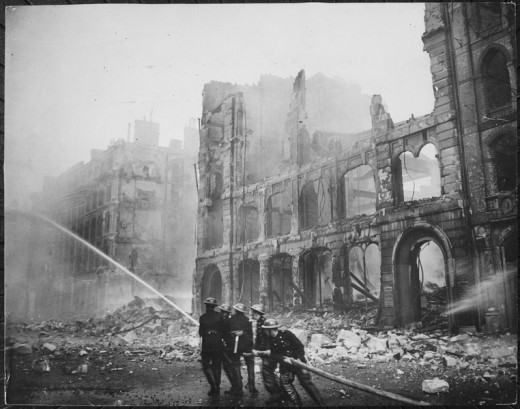
Start of the London blitz
The first year of the war passed with few tests of the relief services in the capital. On Saturday 7th September 1940 the bombing raids on London started and continued with only one nights respite for 76 nights! The bombings covered a wide area designed to cause confusion and lower morale rather than the total destruction of specific areas or industry. The system envisioned at the start of the war for the support of the homeless based on the poor law system could not cope.
The first few weeks of the attacks saw government officials responding to changing daily needs- whether it was for shelter, heat, food or clothing. All stocks were woefully low as little provision had been made by the Local Authorities. Initially many charitable organisations helped the homeless and donations of blankets were made from organisations such as the Canadian Red Cross.
Conditions in a homeless shelter in Stepney
An example of conditions is an extract from a report by a Red Cross Voluntary Worker sent to Lord Horder who forwarded it to the Ministry of Health.
" An elementary school in Stepney was used as a rest centre. At night the floor was crowded with people lying on blankets, mattresses and bundles of clothing. In the light of dimmed hurricane lamps, some 200 to 300 homeless people had the use of ten pails and coal scuttles as lavatories. By the middle of the night these containers overflow so that, as the night advances, urine and faeces spread in ever increasing volume over the floor. The space is narrow so that whoever enters inevitably steps into the sewage and carries it on his shoes all over the building.The Containers are not emptied until 8am.. By dawn the stench is...........I leave that to your imagination"
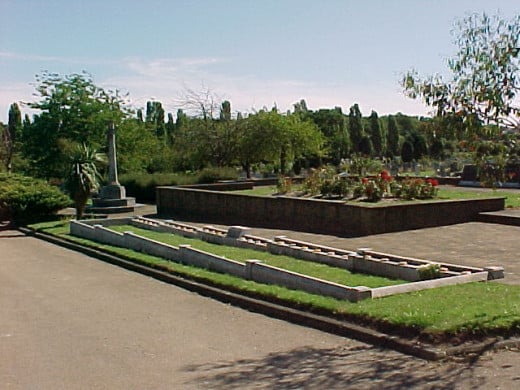
Unsung Heroes of the London Blitz
There were stories of individuals who gave their time for their community. Mrs B. was a beetroot seller in Islington. When the raids started she walked into Ritchie Street rest centre and took charge. She somehow found a supply of powdered milk for the babies and quietly found a place for them to sleep with their mothers- adding a little something to their milk the babies were soon asleep. Older people were put on beds and benches with the blankets available and they all went to sleep whilst the bombs fell. In the morning babies were washed, floors swept and after breakfast Mrs B trudged off to market to try and sell her beetroot, before returning to the rest centre to start again.
Finance arrives
Chaos did not reign for long- extra staff were drafted in- often school teachers whose children had been evacuated. Money the big issue was sorted. No longer would it be necessary to establish the home of the fleeing person- no longer would it be necessary to distinguish between the deserving and undeserving. In these difficult times the government agreed that all the costs of the relief centres should be paid from central government finance. Although the treasury disagreed and huffed and puffed for some time a new policy was eventually issued in February 1941 to allow for central government funding and the provision of relief centres in advance of enemy action.
The machinery of Government
The governments administration machine slowly ground into action and by the end of 1941 the transformation in administration was complete. From the 1939 scenario of a quick cup of tea and off you go it had changed to good, kindly board and lodgings to give victims time to get over the shock of the bombings.


